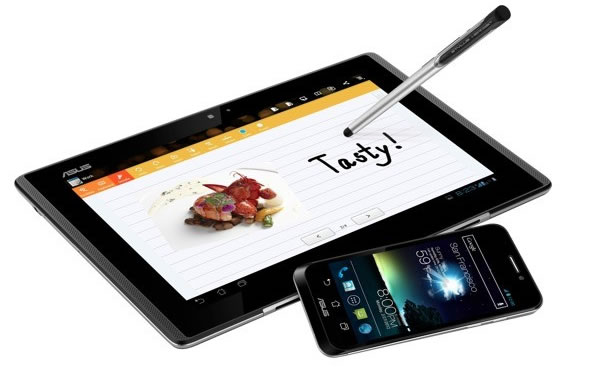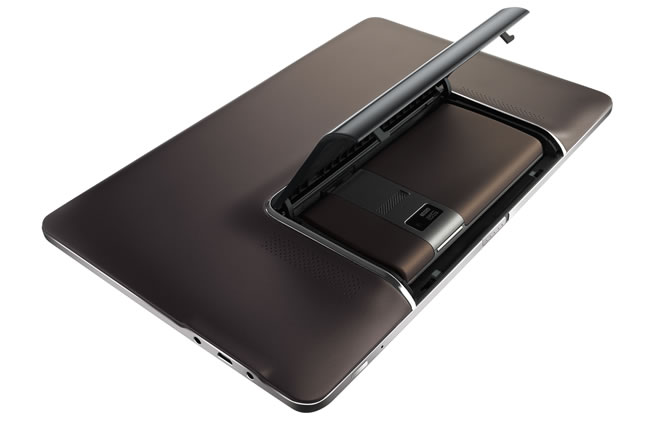A new wireless broadband option aimed at fibre-frustrated households Vox has introduced Vox Kiwi Home Wireless, a next-generation broadband solution designed for South Africans…
PadFone formally unwrapped at MWC: Behold the tablet-frankenphone

First revealed back in May of last year, Asus’s phone-tablet hybrid, the PadFone, has been officially introduced in Barcelona at Mobile World Congress.
At first glance the PadFone appears to be a fairly unassuming device. It runs on Ice Cream Sandwich and has a 4.3-inch Super AMOLED qHD (960 x 540) display, 1.2GHz a dual-core Snapdragon S4 chip with an Adreno 225 GPU, 1GB of RAM, 8MP rear facing shooter with LED flash and f/2.2 autofocus lens and VGA front-facing camera.
Depending on the model, internal storage ranges from 16GB to 64GB, but can be expanded thanks to a microSD slot.
Connectivity options include Bluetooth 4.0, HDMI and can run on both CDMA and GSM (it’s HSPA+ capable) networks, with theoretical download speeds maxing out at 42Mbps.
Things get interesting when — much like the Motorola Atrix and Lapdock combination — the PadFone is combined with Asus’s proprietary tablet dock called the PadFone Station. Slotting the PadFone into the back of the tablet dock, the PadFone is transformed into a 10.1-inch tablet.
When docked the PadFone Station draws its processing power from the PadFone itself and becomes a regular tablet running Android Ice Cream Sandwich with additional “Dynamic Display” technology — which makes the transition between smartphone and tablet feel seamless by mirroring what’s on the screen of the phone on the tablet’s larger 10.1-inch 1280 x 800 resolution display.
The PadFone Station extends the battery life of the PadFone by nine-fold and has its own speakers.
As with Asus’s Transformer line of tablets, you can get a keyboard dock for the PadFone Station. If you’re keeping track, that means you’re docking a phone, into a tablet, onto a keyboard.
There’s no pricing details available, but it should be launching in April.


